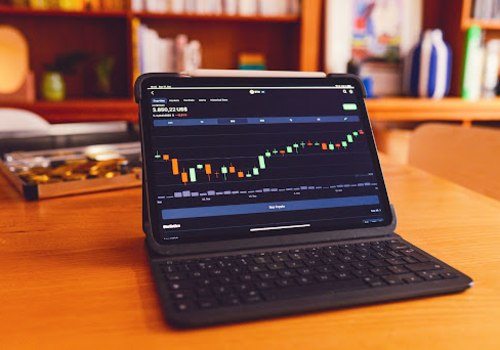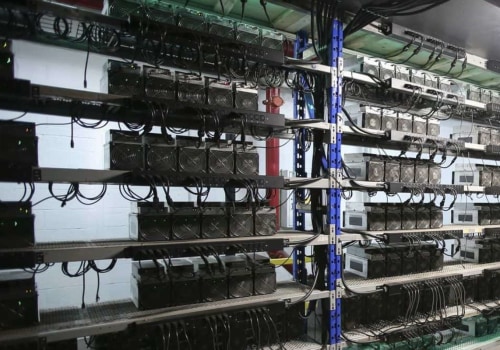As time goes on, mining Bitcoin becomes more difficult, as more miners compete for the next block reward. Today, mining Bitcoin as an individual is rarely profitable unless someone has access to additional low-cost electricity. In addition to building your platform, you must also realize that you are going to use quite a lot of energy. If you have high energy rates, you could end up spending quite a bit to mine coins, especially Bitcoin.
The cost of electricity involved in mining a single bitcoin can be very expensive, even in the cheapest states. A less powerful platform that extracts altcoins could save you money. Still, it can take several weeks, or even months, to recover your original investment and become profitable. Bitcoin mining is the process by which miners earn bitcoin in exchange for running the verification process to validate bitcoin transactions.
In the early days of Bitcoin, when it was CPU mined and the difficulty levels for its algorithm
were easy, a rising price of cryptocurrency ensured that mining was profitable for individual
miners. You may have heard that miners are solving difficult math problems, which is true, but
not because the math itself is difficult.
Crypto mining
puts a lot of pressure on the computer's graphics processing unit (GPU) and motherboard. On the other hand, the network hash rate is the sum of the individual hash rates of all mining platforms running within a cryptocurrency's network at a specific point in time.
If you want to estimate how much bitcoin you could mine with the hash rate of your mining platform, the CryptoCompare site offers a useful calculator. Miners will continue to verify transactions and will be paid fees to do so in order to maintain the integrity of the Bitcoin network. It is usually the miner who has done the most work or, in other words, the one who verifies most transactions. The first miner whose nonce generates a hash less than or equal to the target hash receives credit for completing that block and is awarded the loot of 6.25 BTC.
Running a miner on a mobile device, even if it is part of a mining pool, will probably not make a profit. Not only do miners have to consider the costs associated with the expensive equipment needed to have a chance to solve a hash problem, but they must also consider the significant number of electric power mining rigs they use to generate large amounts of nonces in search of the solution. One of the ways to do this is to move from the PoW model of crypto mining to the proof of stake (PoS) model. By working together in a group and sharing payments among all participants, miners can earn a steady stream of bitcoin starting on the day they activate their miners.
For the individual miner, the only hope of competing with operations that have access to such cheap electricity is to send their machines to those farms themselves. If you compare this to the income from mining a different crypto currency, such as Ethereum, which is mined with graphics cards, you can see that the income from mining Bitcoin is twice that of mining with the same amount of GPU that you could buy for an ASIC. For example, a pay-per-action model can eliminate incentives for miners to find blocks entirely, since a payment is guaranteed.







